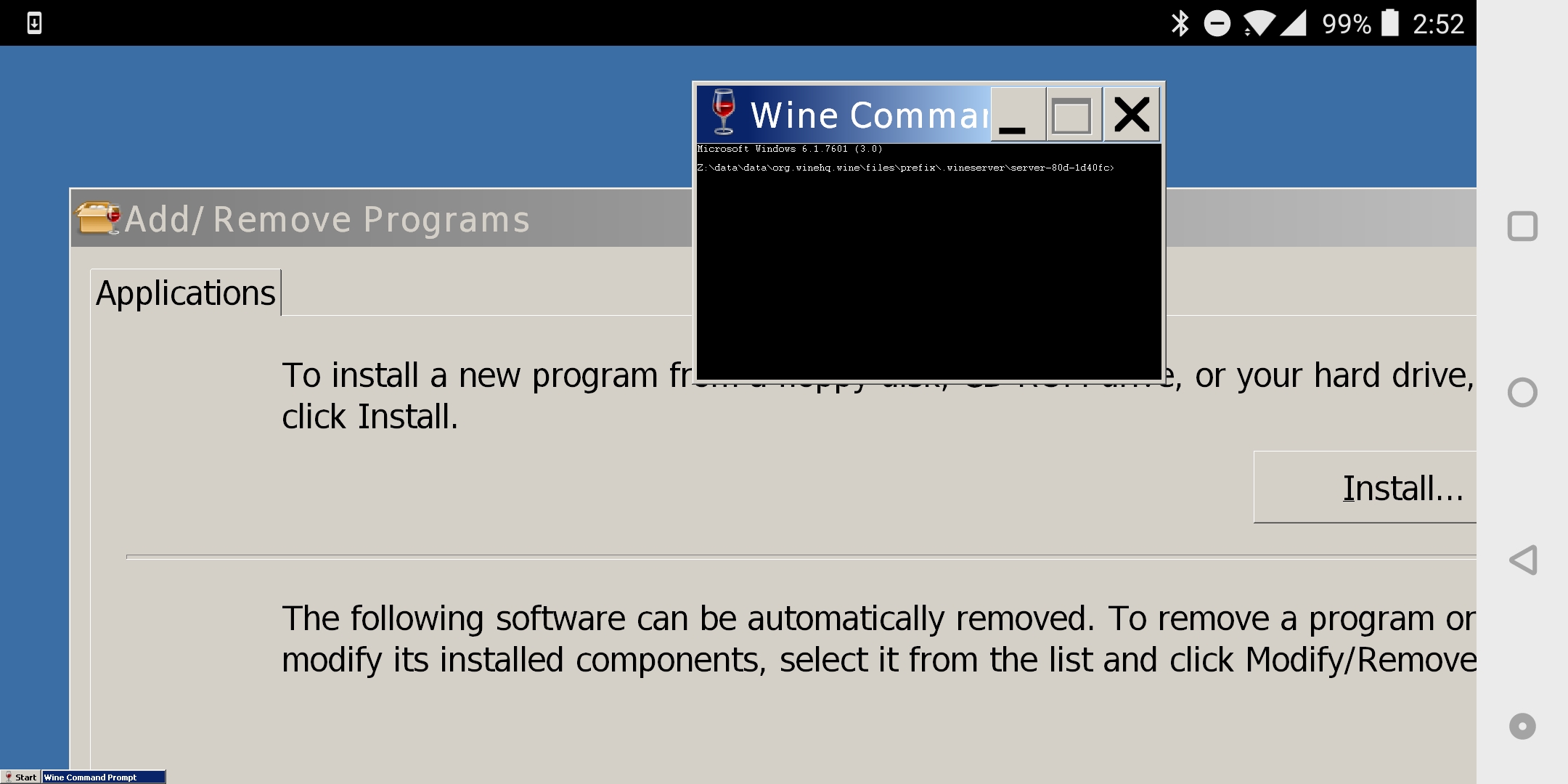

Welcome to the Chrome channel. Google's operating system started off in December 2010 as being little more than all Chrome, all the time.
Updates made since then have given Chrome OS users better file format support, faster navigation, revised menus, dramatically improved offline abilities, and a traditional-looking desktop. But if you loathe the Chrome browser, it's still highly unlikely that you'll enjoy this operating system. On the other hand, if you love Chrome, then Chrome OS is a big heaping helping of Chrome with some extra Chrome on the side and more Chrome for dessert. Like Chrome the browser, Chrome-the-OS has a freely available open-source sibling, called Chromium OS. If you like coding and developing, this is likely going to be your best bet for exploring what makes Chrome OS tick. Please note that because of the similarities between the Chrome-the-browser and the Chrome OS, parts of the Chrome review have been reproduced here where applicable. Installation Installation is not an issue for the Chrome OS since it comes preinstalled.
Download Chrome for Windows. Penelitian Pendidikan Arikuonto Ebook Gratis. Free and safe download. Download the latest version of the top software, games, programs and apps in 2018. Cme Uf Drivers Windows 7.
There is a simple setup procedure, however. When you start up your system, it's recommended that you sign in using a Google account. You're not required to, and if you'd prefer, you can opt for the Guest mode. Guest mode in Chrome OS cleverly uses the Chrome browser's trackless browsing mode, called Incognito. Incognito prevents guest users from leaving any traces of their session, as well as keeping them from making any changes to your apps and other settings. After choosing your log-in method, you're asked to read through and accept the EULA.
This will only appear for the initial log-in; it won't show up for subsequent uses and users. Next, you can take a photo of yourself with the Webcam, use a provided icon, or use your current Google account avatar. Gone from previous versions is the mandated Webcam photo. It took our avatar about 30 seconds to synchronize our existing account avatar from the cloud.
Chrome then takes anywhere from 30 to 60 seconds to synchronize your Google settings, if any, and then the computer is ready to be used. There's no doubt that the EULA is annoying, but we've never seen another new, unused operating system start so quickly. Interface Google has clearly spent some serious time developing the new interface. It looks and feels like a personal computer, finally, where before it was little more than a full-screen browser. There's an actual desktop that looks a bit cribbed from Windows 7, with Chrome-the-browser pinned to the far left of the Launcher, and other apps pinned right next to it. The desktop itself shows only your background by default, but a Tic-Tac-Toe-style icon on the Launcher reveals all your installed apps over the desktop background. When you install an app, it'll appear here.
The lower-right corner shows the time, Internet connection status, battery status, and shows your Google account avatar to indicate who's logged in. Click the avatar to show shutdown options and reveal more information and settings.
You can customize the background with one of several dozen options, or upload your own image. However, it must be either locally stored or in your Google Drive -- it won't pull in an image from a service like Facebook.
All the Settings have been moved to open in their own tabs, but you probably knew this from using Chrome-the-browser. Changes made in the browser tend to be reflected in Chrome OS about a month or so later. The look of Chrome has changed remarkably little since its surprise debut in September 2008. Tabs are on top, the location bar -- which Google likes to call the Omnibar -- dominates the minimalist design, and the browser has few visible control buttons besides Back, Forward, and a combined Stop/Reload button. On Chrome OS, the upper-right corner of the browser hosts a square icon and an X. The X is to close the browser window. Drag the box down to minimize the browser, drag it to the edges to 'snap' it to the side and make it half the width of your screen, or click it to switch from windowed mode to full-screen mode.